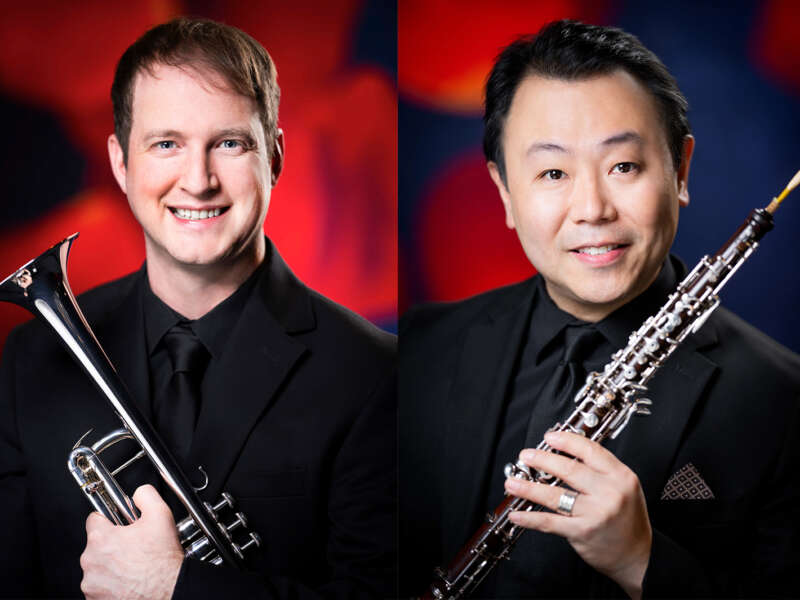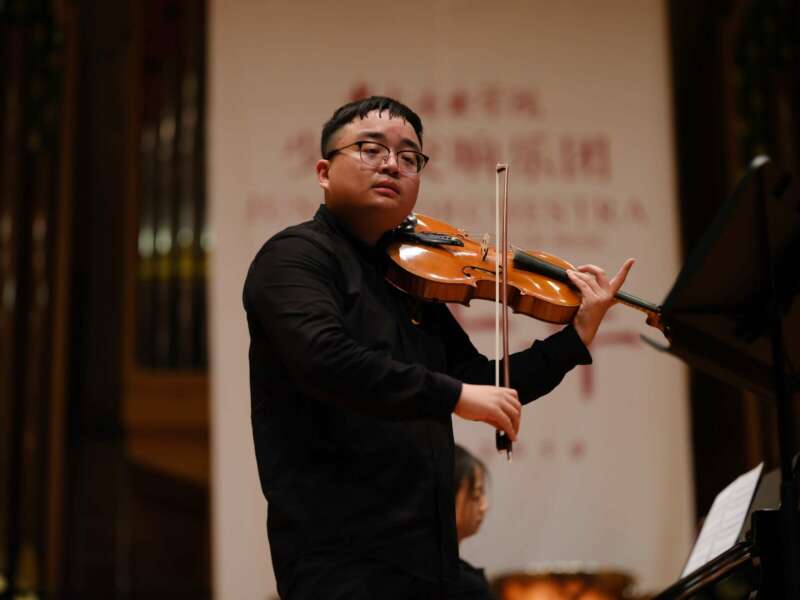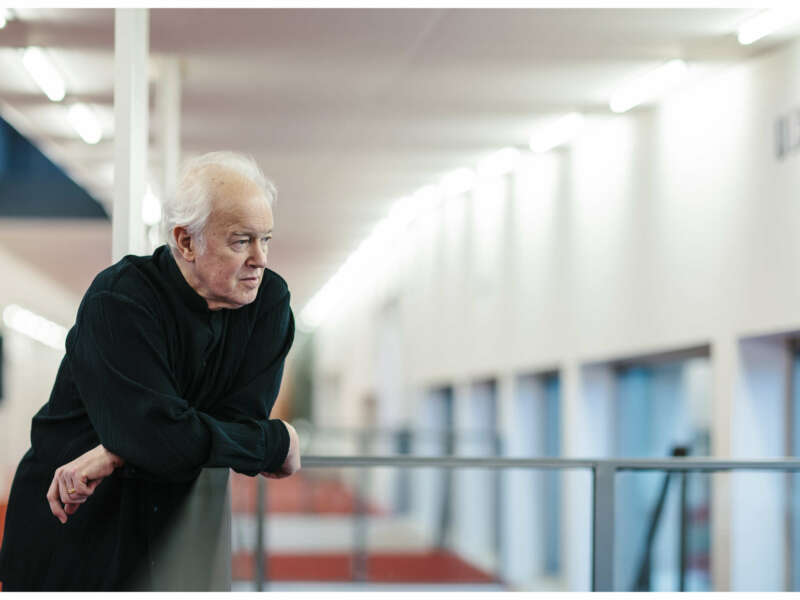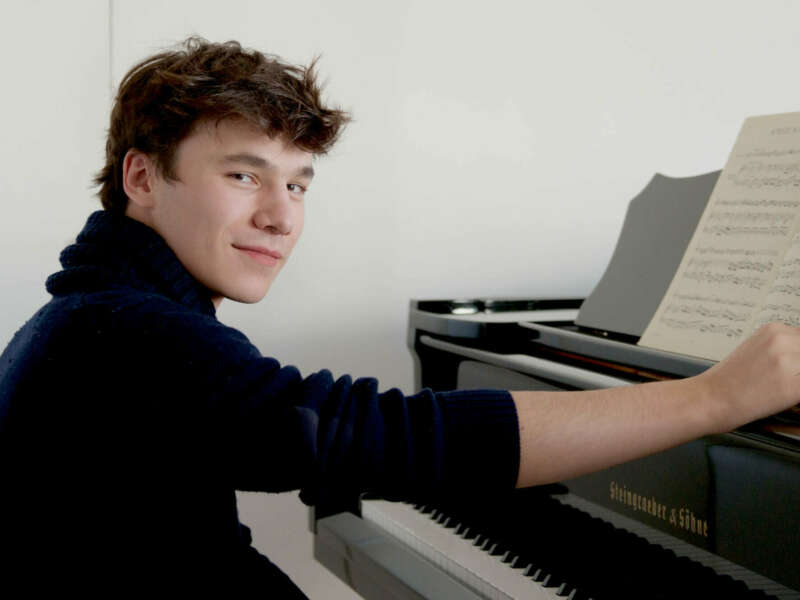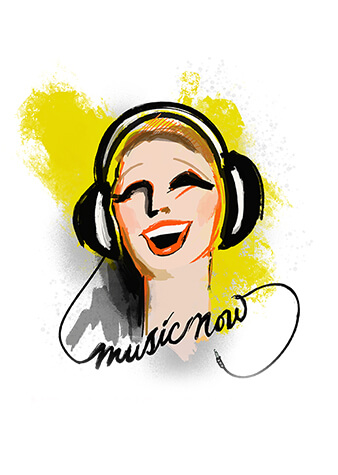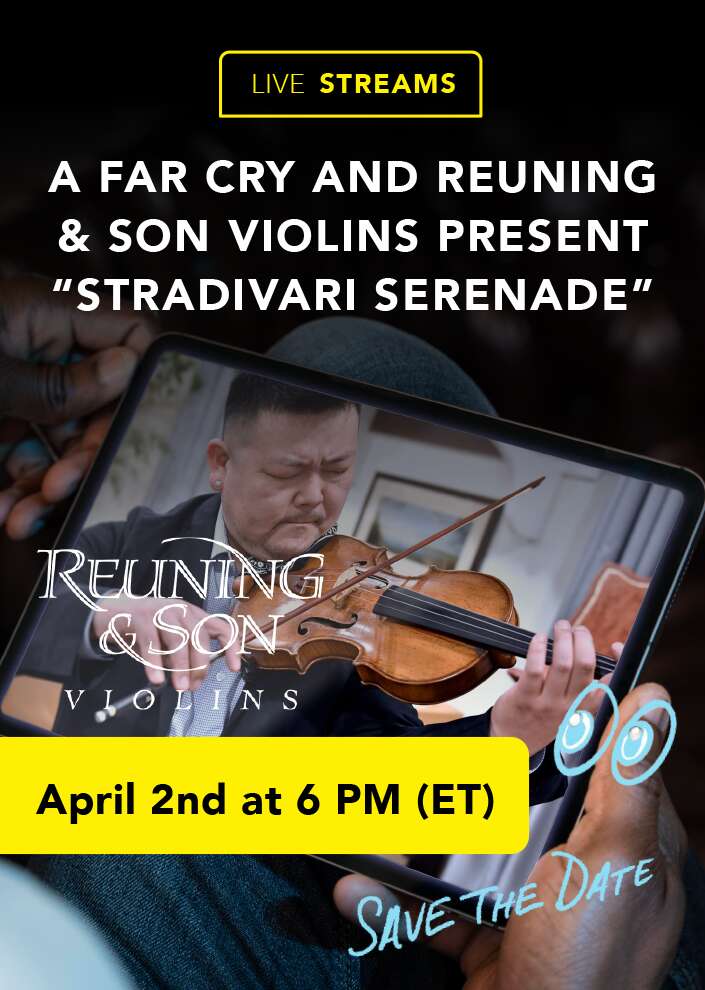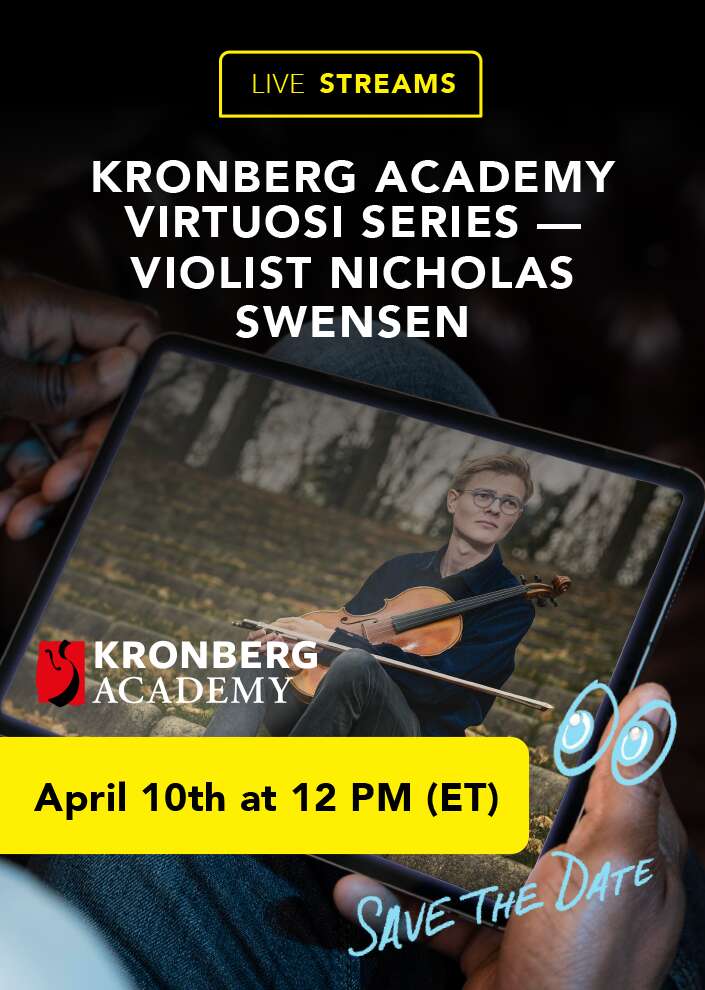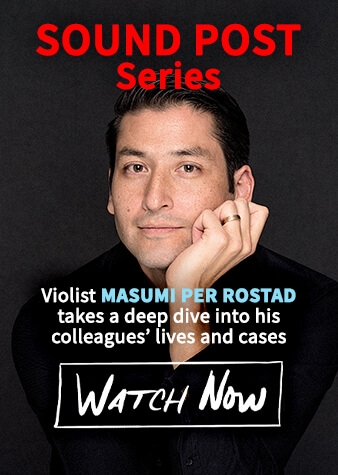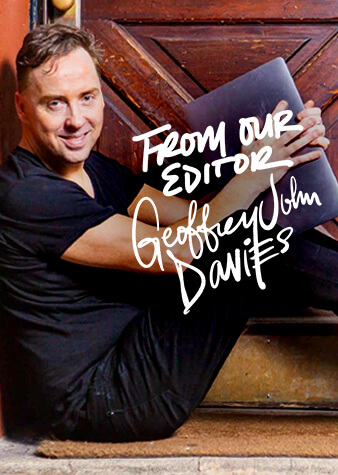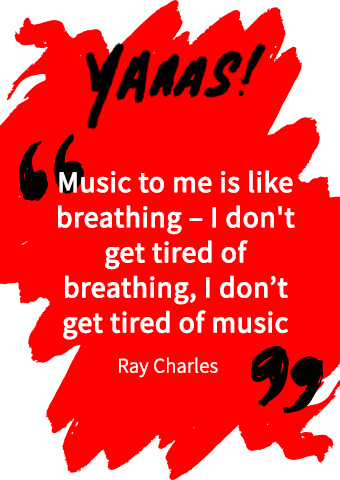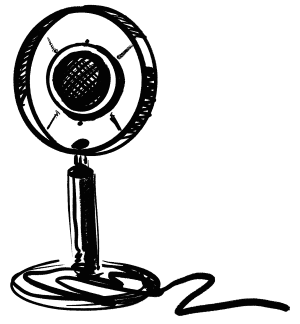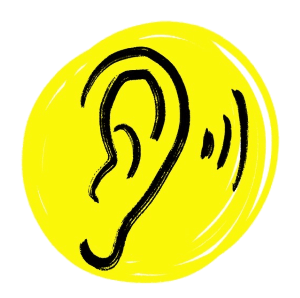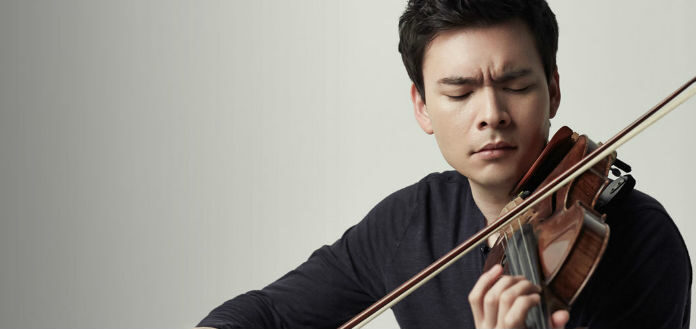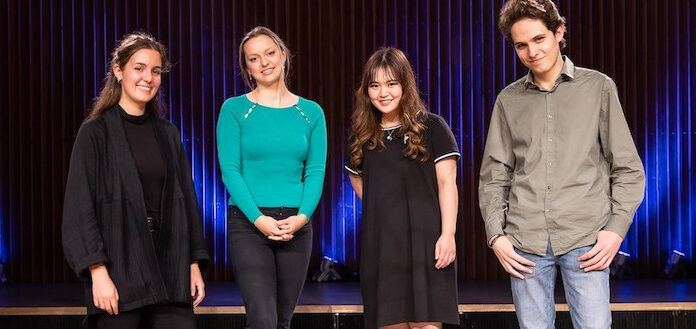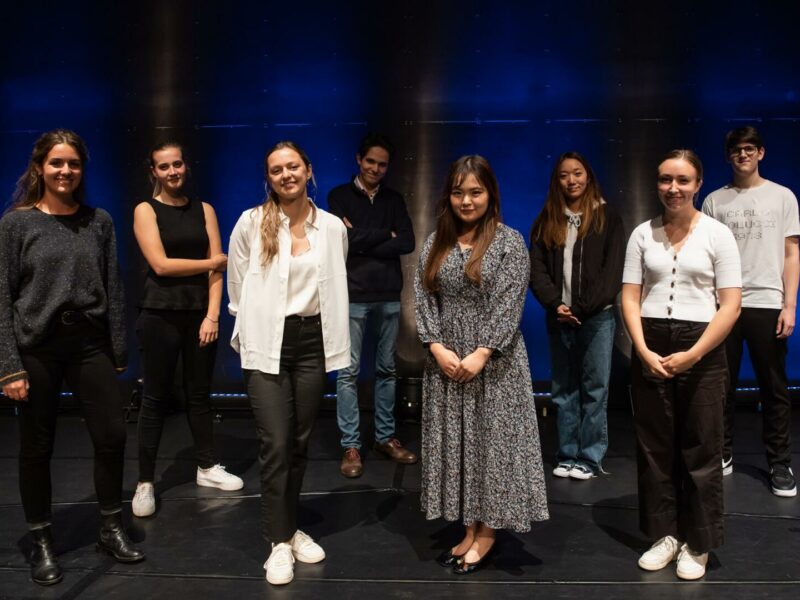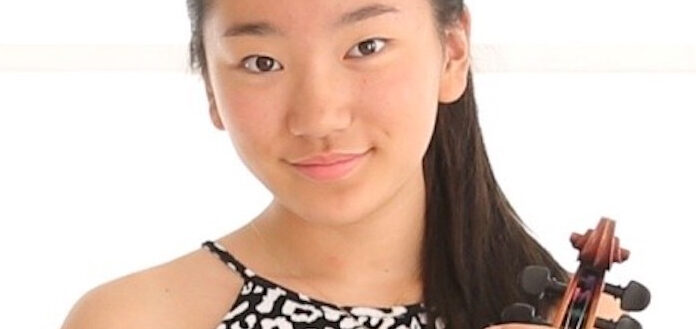Violin Pedagogue Donald Weilerstein on How to Improve Intonation
”How can I improve my intonation?" We threw the question over to American violin pedagogue Donald Weilerstein to seek his advice.
Intonation is one of the biggest challenges that any stringed player will unanimously agree upon. Even the most seasoned virtuosos suffer from minor intonation slips from time to time. How can we then better our intonation? VC reader Meredith was keen to know.
How do you practice improving your intonation? How have they been working for you? Please leave a comment below, we are keen to know your thoughts.

Violin Pedagogue Donald Weilerstein Shares Some Tips on How We Can Improve Our Intonation
Dear Meredith,
How does one develop beautiful, pure intonation?
To develop beautiful, pure intonation, it is most important to sing the notes internally a split second before playing them. One must relate these pitches based on the principal harmonic notes.
What if the piece is atonal?
Even if the piece is atonal, find a principal note and have others revolve around it. By doing this, one is always thinking in groups of notes (patterns).
If the tempo is slow, the pattern or group of notes may be as few as 2.
For moderate to fast tempi, patterns should include at least three notes. More often they will be between 4 and 12. Patterns (groups) are rarely more than nine notes in length.
One example of a 12 note pattern occurs in the 2nd movement of Prokofieff Concerto No. 1. In the very fast triplet passage towards the end of the third page of the International Edition (2nd movement), one plays from the 1st note of each of the 12 note groups.
How does one listen for the purest intonation in double stopping?
The purest intonation for double stopping involving two notes is achieved by listening for the overtones between them.
For example, F-D, a minor third in first position on the E and A strings, 1st finger on the F and third on the D. One hears a buzzing overtone on the pitch of Bb a tenth below the D. This is the same pitch you would hear if you played Bb in first position on the G string. This makes the triad F, D, Bb. The Bb is a buzz (overtone) on that pitch.
Another example: F# D, a major third in first position on the E and A strings...1st finger on the F# on the e string and 3rd finger on D on the A string. One listens for either a D buzzing an octave below the D or an A a fifth below.
Sixths are just the opposite...
Example: A minor sixth...A played with the third finger on the E string and C# played with the 2nd finger on the A string produces an A overtone (buzz) below the C# or it can produce an E overtone (buzz) below the C#.
A major sixth... A played with third finger on the E string in first position and C played on the A string with the 2nd finger produces a F below the C. This makes a F major triad.
Students who have difficulty hearing actual pitches can simply listen for a buzz that rings harmoniously with the double stop they are playing.
A similar idea works for playing double stops on the A and D or D and G strings where the overtone is too low to hear the pitch of the buzz clearly.
One simply listens for an overtone (buzz) that doesn't create dissonance (a "beat") with the double stop. For three or four note chords, one can avoid the clash of the overtones by "voicing" the chord leaning very deeply on the bass notes and playing the top note of the chord with lots of high overtones and a more transparent sound. This makes use of the tone color in the different registers of the notes in the chord.
To elaborate, sing the pitches in advance from the core through your whole body with a very pure,"bell-like" sound and a very deep rhythmical pulse coming from the same place (the core is in the very low stomach).
Playing on the contact point with lots of high overtones is extremely important! Always practice scales, arpeggios, and double stops as well as any technical work including Sevick and Yost musically with phrasing from principal notes and letting the rhythmical pulse “conduct” you and your listeners.
In fact, one should practice everything in this way!
Always having a very live fingertip enables you to sense the vibration of the string "buzzing" into it. Playing with the SLIGHTEST finger tip vibrato is always more enjoyable and productive, as the player constantly has a feeling of electricity and aliveness in the fingertip.
Singing the emotional color of the harmony from main harmonic notes is also very helpful.
Tempered or untempered intonation?
I feel that this depends on the musical context.
High-leading tones can be played if they are non-harmonic tones. They can create a beautiful, expressive tension, pulling against the principal harmonic bass.
How does one practice to develop the most ring in the sound?
When practicing for very fine, "ringing" intonation, one should listen more from the right ear to the sound’s high overtones "echoing" or "bouncing" off the right corner of the ceiling. These (overtones) are made by playing on the contact point. High overtones will sound a bit shrill when one listens right on top of the violin. However, if one listens even ten feet away, the sound will have a wonderful ring.
I find it preferable to practice in a room that has a slight amount of resonance. One can hear the pitches ringing into each other from the principal harmonic note more easily. If I practice in a "dry" acoustic I think of the room as being "live" imagining as much ring as possible.
It's this "ring" that makes the sound carry into a large hall and also helps to create the most beautiful intonation.
Some helpful études for improving intonation aside from scales, arpeggios and double stops?
One can improve intonation and sound (of course the two are related) by practicing with "drone tones." Exercises utilizing this idea can be found in The Art of Tone Production by Carl Flesch. The basic principle of these studies is that one matches pitches of a scale with their overtones to the open string with its overtones. Of course, the player can't match every pitch of the scale, especially the leading tone, but the idea is to match as many notes as possible to the ring of the open strings. The same idea is used when one plays on viols which have sympathetic strings... This idea can be utilized with any piece where pitches can be matched to the open strings.
Additional exercises that are extremely useful can be found in the Sevick Opus 1 Book 2, especially numbers 1, 2, 3, 4, 5 and similar exercises later in the book, the Kreutzer études, especially Nos. 1 - 12, Rode, and Gavines.
–Donald
Do you have a burning question for one of the Pros? Simply email: [email protected]
Donald Weilerstein has concertized extensively throughout the world as soloist and chamber musician. He studied at the Juilliard School with Ivan Galamian, Dorothy Delay, and members of the Juilliard String Quartet, and was honored at graduation by the National Foundation of the Arts as an outstanding graduate of the school. He was a member of the Young Concert Artists and a participant in the Marlboro Music Festival, performing on several Music from Marlboro Tours. In 1968, he won the Munich International Competition for violin and piano duo.
april 2024
may 2024


